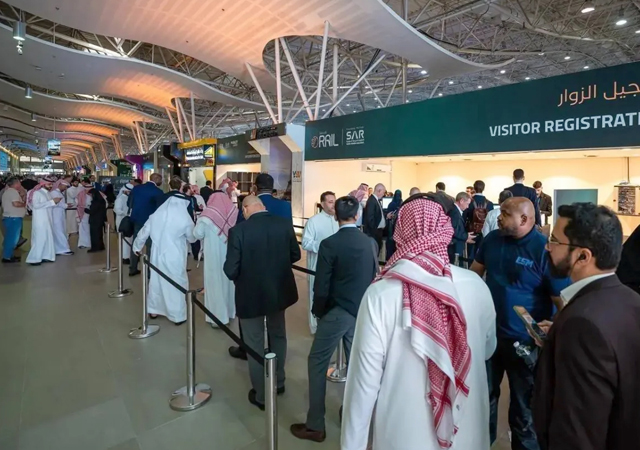
Flies are not just a nuisance factor for the hospitality industry but a public health hazard as well.
The two-winged insect - Musca domestica Linnaeus - has earned notoriety for its part in the mechanical transmission of disease agents to foodstuffs or food-preparation areas.
Says a spokesman for the Saudi-based Masa Establishment for Pest Extermination Services: 'Flies are best controlled by a combination of good sanitation, mechanical exclusion, ultraviolet light traps and chemical control. Good sanitation includes emptying and steam-cleaning dumpsters on a regular schedule and thereby eliminating their breeding sites. Cracks and crevices should be inspected for larvae developing in organic debris accumulated.'
Mechanical exclusion methods include air curtains and properly fitted doors and screens. Ultraviolet light traps work well indoors and are generally quite safe. There are several baits registered for fly control in and around buildings. For temporary abatement, fogging a facility with pyrethrins will lead to an immediate reduction in adult flies.
Killing adult flies will reduce any infestation, but elimination of breeding areas is necessary for good management and this is where the pest management professional can seek out the breeding places and advice how work should be done, he says.
'Any sanitation programme in fly management must be tailored to fit each specific situation,' the spokesman explains. 'Basically, the key feature to a fly infestation that must be considered to ensure rapid and complete control is to eliminate the fundamental source - the accumulation of decaying organic matter.
'Openings to buildings should be tightly screened and screen doors should open outward. Where such doors are opened constantly, an air-stream may be used to prevent fly entry. Equipment must be designed for each individual installation, and professionals can offer help to customers in the appropriate selection and use of air-moving equipment.
'Normally, air is released at the top of the door and moves downward. For best results, air must be released along the entire width of the door. Air doors provide an invisible barrier across an opening to create an air seal that prevents flying insects from entering the building.
'Traps are most effective when used to supplement other management techniques. Insecticides are still generally effective and are applied as coarse, wet sprays to outdoor surfaces on which flies prefer to rest such as walls, overhead areas, garages, dog houses and vegetation. Sun-exposed surfaces on outside walls should be given special attention.
Poison baits kill flies rapidly and are best suited to supplement a spray programme. Use of contact sprays is a temporary measure to control flies. This should contain synergised pyrethrins or synthetic pyrethroids and should be dispensed as very fine mists or aerosol.
'Fly larvae maybe controlled in breeding media by the application of insecticides to the medium.
Latest techniques are also being developed to eliminate the breeding site of flies by using biological products. These biological products contain microbes and or enzymes that digest organic matter and do not contain pesticides, he says.















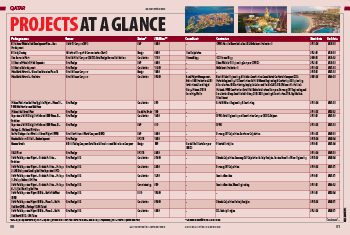
.jpg)

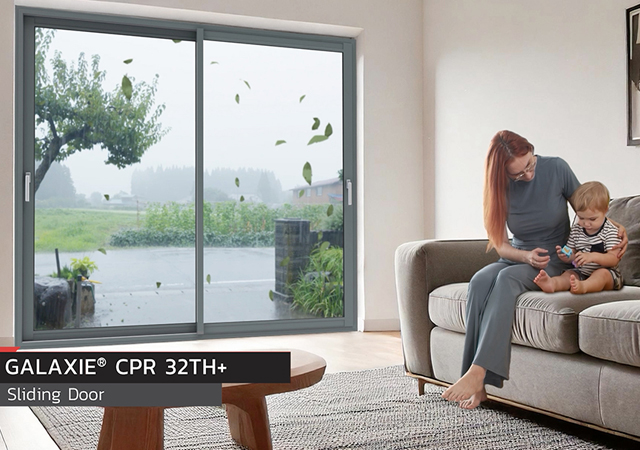





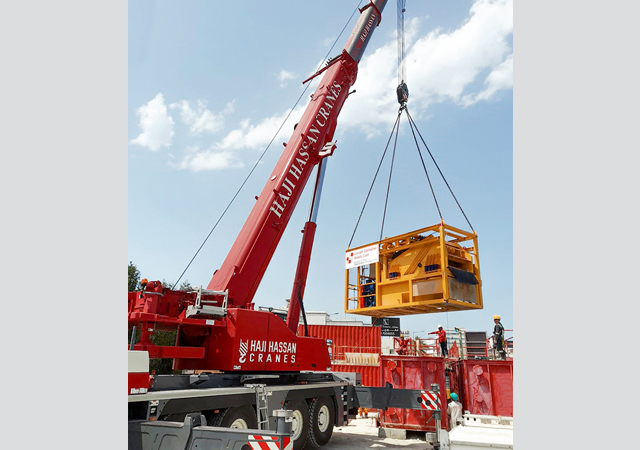




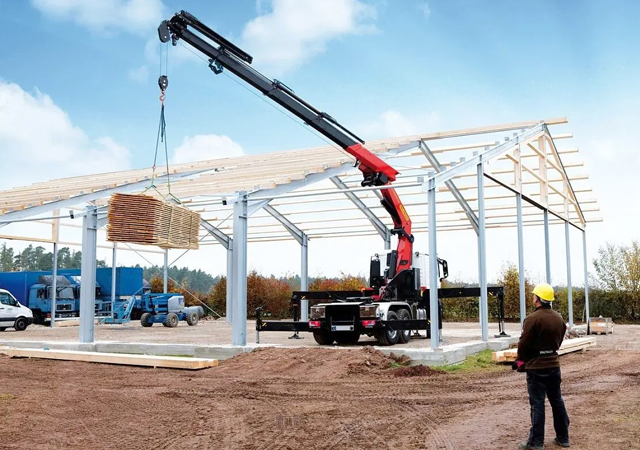
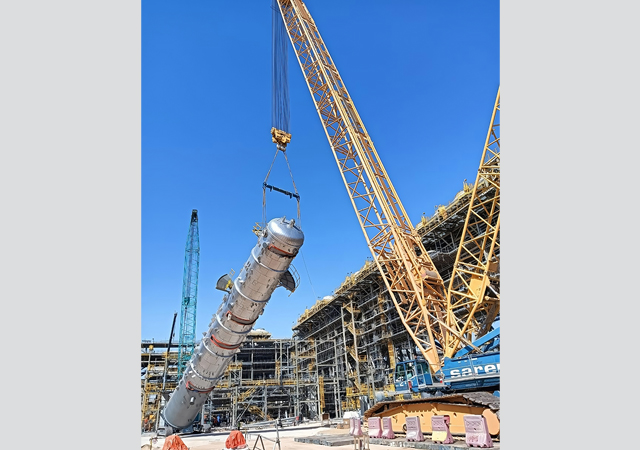
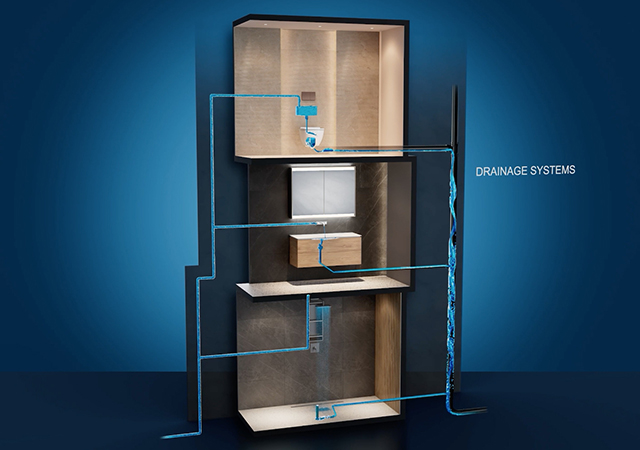
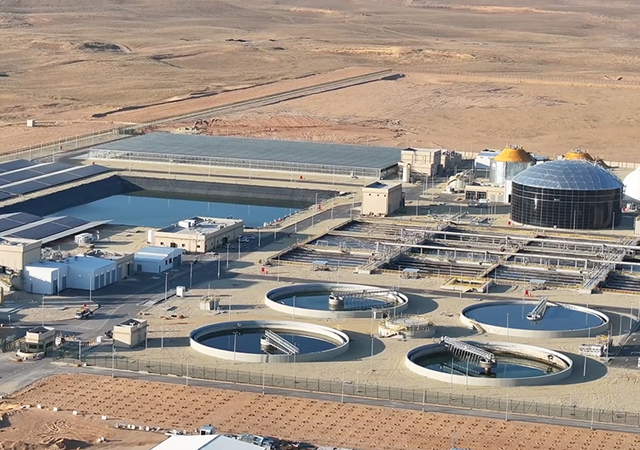





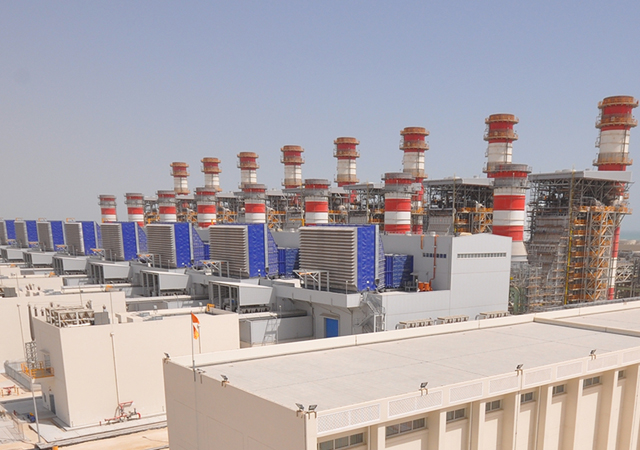




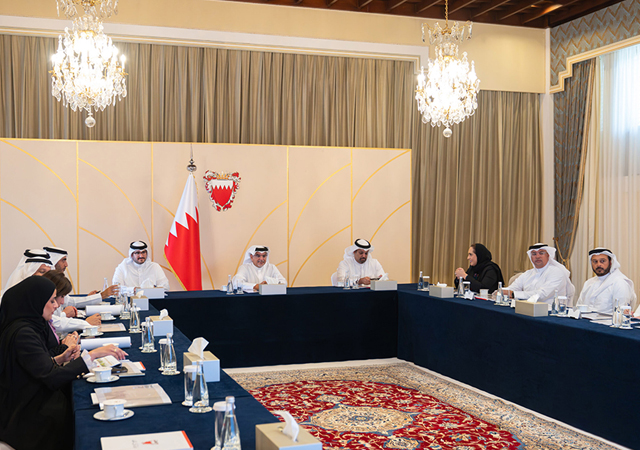

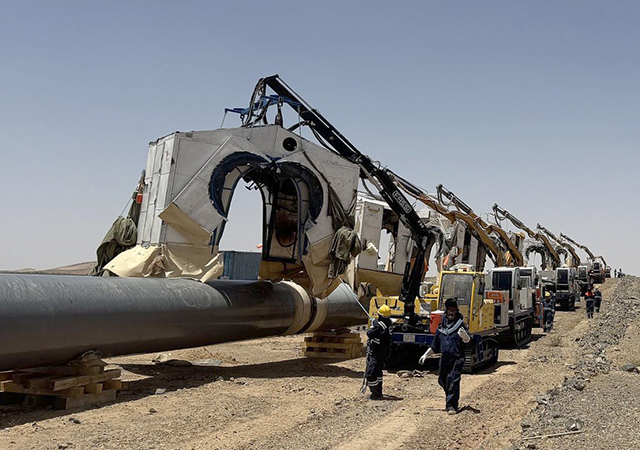




















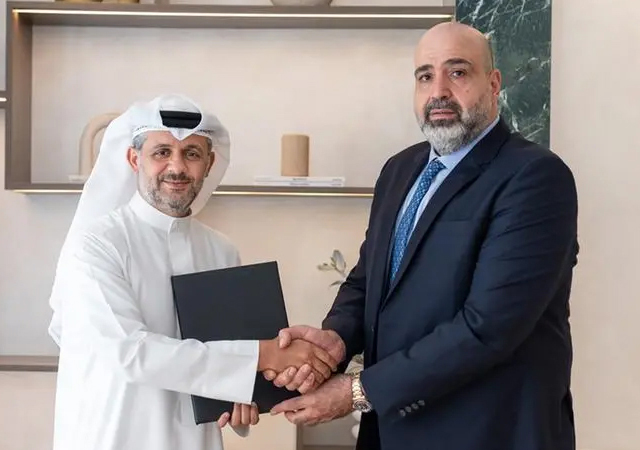


.jpg)



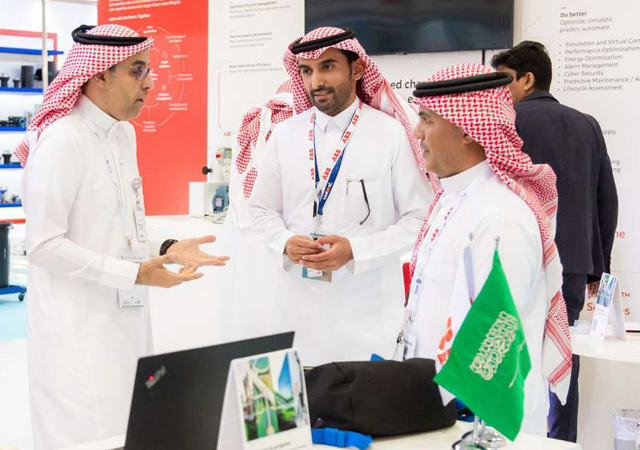
.jpg)



